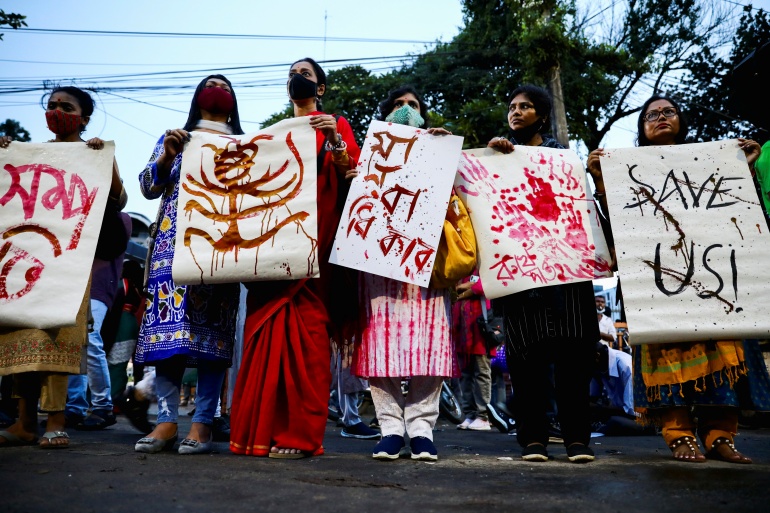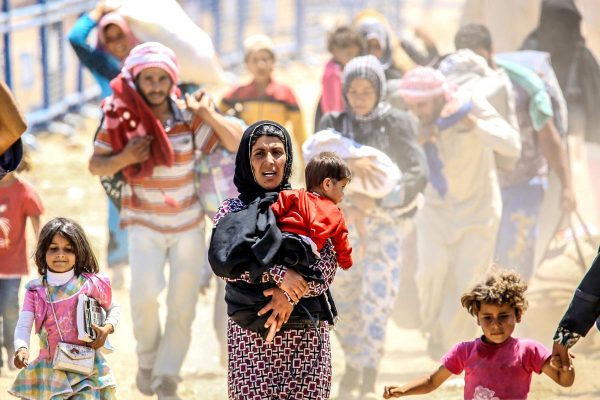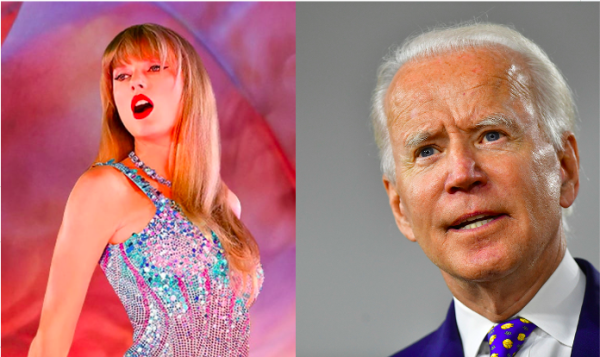Social Media as a Tool and Weapon in Recent Bangladesh Violence
After urgently searching for her son, Mrs. Das found his beaten body scattered in a pond near their local temple. Twenty-one-year-old Pranta Chandra Das was staying at his Hare Krishna temple in the Noakhali district of Bangladesh when it was attacked by a raging mob. His life was one of many that had been taken in these religious clashes.
In mid-October, the Hindu minority in Bangladesh once again fell victim to brutal violence and attacks, allegedly sparked by a social media post. The attacks took place during the Bengali Hindu festival of Durga Puja, the celebration of the goddess Durga, when a photo circulated online of the Quran at the deity’s feet. In Muslim-majority Bangladesh, this image was rebuked as insulting and even as a desecration of the holy book of Islam. The resulting backlash against the image evolved into a larger issue of attacks on Bengali Hindus; beginning in the district of Cumilla, mobs targeted Hindu temples throughout the country, homes and other valuables were looted, and at least six killings of Hindus have been reported. Protests against the attacks have emerged on multiple occasions, including those led by the Bangladesh Chhatra League, alongside followers of The International Society for Krishna Consciousness (ISKCON), and students and faculty from Dhaka University.
However, recent violence has only been a continuation of Bangladesh’s long-standing history of anti-Hindu sentiment. A majority of the Bangladeshi population identifies as Muslim, at 89.1%, while only about 10% are Hindu. With almost 4,000 attacks against Bengali Hindus in the past ten years, intolerance is steadily increasing. Many attribute this to the rise of radical Islamist organizations, such as Hizb ut-Tahrir, who “have terrorized the Hindu community” “sought to intimidate those who dare to challenge their vision of Islam, including educators, journalists, and even politicians,” according to Sumit Ganguly of Foreign Policy. Yet, it is evident that these issues in Bangladesh could very well be contributed to by anti-Muslim sentiment and oppression in India. Thus, as Muslims are increasingly marginalized in India, Bengali Hindus might also face increasing marginalization in retaliation.
Both religious groups are politically represented in Bangladesh, and leaders have conflicting advice regarding the turbulence. Hindu prime minister Sheikh Hasina called for mob perpetrators to be punished just as they have been throughout Bangladesh’s violent history. On the other hand, Maulana Mujibur Rahman Hamidi, and other Muslim leaders refused to stand by while their religion was disparaged. Mr. Hamidi also shared that violent Muslims should face punishment as Islam does not condone religious violence.
There is a third and overlooked instigator which exercised a significant role in these conflicts: social media. After the circulation of the photographed Durga deity, social media acted as a catalyst for mob violence and religious unrest. Furthermore, leaders have gone as far as to say perpetrators post propaganda on social media to justify their agenda. Home minister Asaduzzaman Khan explains how people have been “uploading video footage of many brutal incidents that took place in the country in different times and in the past” and marketing these clips as recent occurrences.
Social media has also raised international awareness and financial support, specifically in favor of the Hindu Bangladeshi minority. Other temples under the International Society for Krishna Consciousness (ISKCON), such as the Bhaktivedanta Manor in the UK, have extended to the greater community in calling for political action. The manor’s written appeal encourages people to donate and pray for the Bangladeshi ISKCON community. It also instructs people how to write letters to their local MP’s, ensuring that the Bangladeshi government is taking action to defend its Hindu minorities.
Despite Bangladesh’s history of religious collision, the recent events of 2021 have gained significant attention via social media. Whether characterized as propaganda or truth, the media has projected these events and gained international attention. As angst increases among Hindu and Muslim Bangladeshis, it is important to note whether social media has acted as a tool or a weapon in these conflicts thus far.
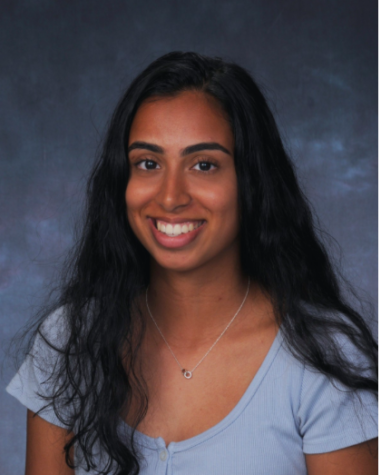
Hi! My name is Richa Sharma, and I am in twelfth grade at Sandy Spring Friends School. This is my thirteenth year at the school, and my third year writing...
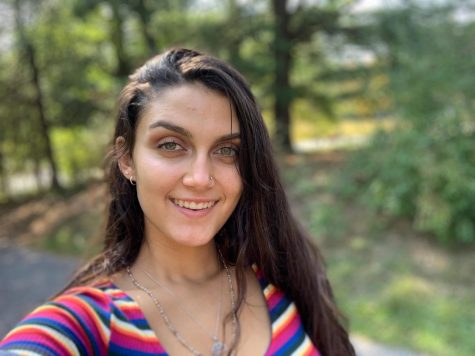
Hi, my name is Revati, and I'm super excited to be writing for Wildezine! I'm a senior, and this is my third year on Wildezine. I joined because I love...

